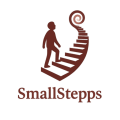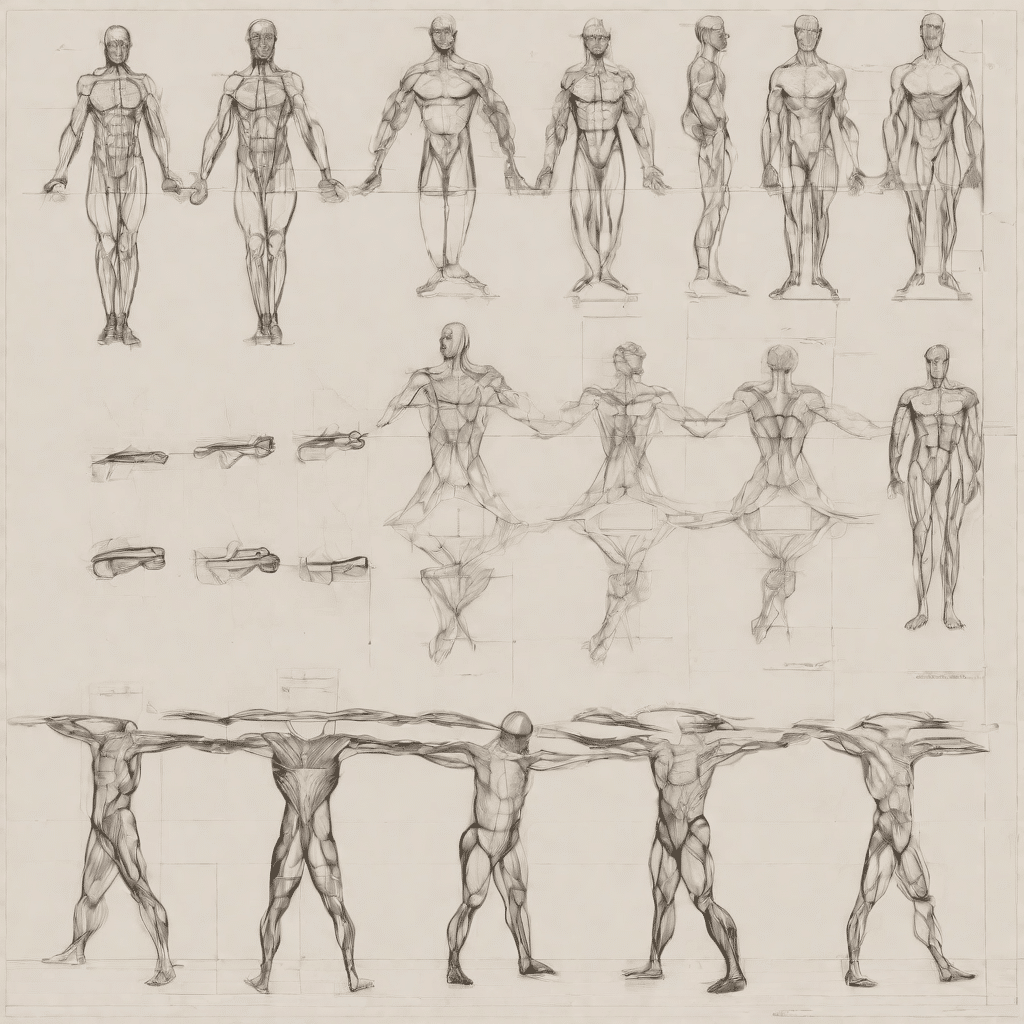When it comes to maintaining physical fitness and promoting overall health, biokinetic exercises have taken center stage due to their myriad benefits.
These workouts, increasingly beloved by fitness enthusiasts, draw from the study of biokinetics, a field which focuses on the mechanics of human movement and the associated physiological responses.
Practicing biokinetic exercises is not only about staying fit; it’s about optimizing the human body’s functions, improving stamina, and enhancing strength through targeted movements.
Whether you’ve heard about this dynamic form of exercise through your wellness-focused friends, or stumbled upon its benefits while searching for an effective workout regimen, you’re about to embark on an impactful journey.
This guide will shed light on seven beginner-friendly biokinetic exercises that are effective, safe, and require minimal equipment. Packed full of step-by-step instructions and insightful tips, this comprehensive guide is perfect for aspiring biokinetic enthusiasts seeking an accessible entry point.
You will not only learn about each exercise, but also understand their benefits and the techniques to perform them effectively.
Lastly, we’ll explore the importance of regularity and consistency in your biokinetic workout routine and provide preventative measures to ensure a safe fitness journey. Welcome to the exciting world of biokinetic exercises!
To enhance your understanding further, you may want to read the comprehensive guide about biokinetics here.
Introduction to Basic Biokinetic Exercises
Let’s start your journey with beginner-friendly basic biokinetic movements. These exercises aim to improve flexibility, enhance stability, and provide a gentle introduction to biokinetics.
1. The Bow or Arch
This beginner-level Biokinetic Therapy Exercise is great for being introduced to biokinetics.
The Bow or Arch is designed to improve posture, enhance spinal flexibility, and strengthen the back muscles.
It incorporates slow, controlled movements that communicate directly with the body’s normal respiratory cycle to maximize potential benefits.
To perform The Bow or Arch, stand upright with your feet shoulder-width apart and place your hands on your lower back.
Lean back as if trying to look at the ceiling and ensure your back forms an arch. Hold for several breaths, then return to starting position.
To avoid undue strain, maintain slow, controlled movements and do not push beyond your comfort zone. With regular practice, you’ll notice better posture and a decrease in back-related complaints.
2. Belly Breathing
Belly Breathing, also called diaphragmatic breathing, is a key component in the Biokinetic Workout Routine.
It is a simple yet powerful exercise for both stress relief and the enhancement of lung capacity.
To start Belly Breathing, sit or lie down in a comfortable position. Place one hand on your chest and the other on your abdomen.
Take a deep breath through your nose, making sure your stomach pushes against your hand while your chest remains relatively still. Exhale slowly through your mouth and again note that your abdomen drops.
This exercise is great for beginners to practice regularly for its relaxation aspects and its contributions to overall physical fitness.
3. Vibrating Bent Forward
Next in our introduction to Beginner’s Biokinetics is the Vibrating Bent Forward exercise.
This is a versatile biokinetic exercise benefiting the spine, shoulders, and hamstrings. It also promotes blood circulation.
To perform this, stand with your feet hip-width apart. Bend forward from your hips and let your head and arms hang down.
You’re ideally aiming to create an inverted ‘U’ shape. Then begin shaking gently, allowing your arms to sway freely. Vibrate in this bent-forward position for several cycles of breath.
Remember, the key is not how far down you can reach, but maintaining the integrity of the shake. This exercise will help progressively improve your flexibility and shake off the stress of daily routine.
Biokinetic Exercises Utilizing Equipment
Now that we’ve covered the basics of biokinetic exercise techniques, let’s venture into exercises that incorporate simple equipment.
Each piece will open up a range of exercises, some exclusive to that specific tool. These exercises are aimed at enhancing your core strength and stability.
4. Lying Over Roll
Beginning our exploration of equipment-based biokinetic exercises is ‘Lying Over Roll.’
This exercise targets the spine and core muscles, promoting their flexibility and strength, which are critical components of Biokinetic Physical Fitness.
You’ll need a small exercise roll or a similarly shaped item for this workout. Position the roll mid-way down your back, so that it aligns with your spine while lying down.
Extend your arms out to your sides, relax your shoulders and allow your body to unfold over the roll in this extended position.
The goal is to gently stretch your upper body and release tension along the spine. This Biokinetic Therapy Exercise is commonly used in both personal biokinetic training and therapeutic settings.
5. Leaning Back on Stool
Improving postural alignment and upper body flexibility is crucial for a balanced workout routine.
‘Leaning Back on Stool’ is a biokinetic exercise that promotes these improvements and is central to a good biokinetic workout.
To execute this exercise, sit with your feet shoulder-width apart on a sturdy stool. Then, slowly lean back while keeping your spine as straight as possible until you’re laying flat.
Maintaining this for a period can enhance the flexibility of your lower back region. For beginners, ensure you use a secure and stable chair or stool that can handle your weight safely.
6. Chest on Stool
Moving on, we have ‘Chest on Stool’, a wonderful biokinetic exercise that focuses on core muscular stability and balance.
Begin by placing your chest on the edge of the stool, with your feet touching the floor. Extend your arms outwards in the shape of a “T”, opening up your upper body.
This will strengthen your chest muscles gradually. Remember to keep your movements slow and steady, maintaining overall control.
This exercise goes a long way in improving postural and core stability when incorporated into your Biokinetic Workout Routine.
Advanced Beginner-level Biokinetic Exercises
The last step in our comprehensive guide to beginner’s biokinetics leads to more advanced biokinetic exercises.
If you’ve been regularly practicing the previous exercises, you now have a robust foundation for this final step in your biokinetic training.
7. Pelvic Vibration
Pelvic Vibration targets specifically the pelvic region. An essential part of Biokinetic Strength Training, it enhances core strength, improves balance, and can contribute to improved posture.
Start in a standing position with your feet shoulder-width apart, then bend your knees slightly.
Gently bounce up and down by rhythmically bending and straightening your knees. Maintain lightness in your feet; they shouldn’t leave the floor.
This subtle vibration encourages flexibility and strength in the pelvic region. Incorporate this into your regular Biokinetic Workout Routine to see continuous progress.
Tips on Routine & Consistency
Maintaining a consistent routine is as essential as the exercises themselves. Regular participation in biokinetic exercises leads to a host of Biokinetic Health Improvements such as increased flexibility, improved posture, and overall body strength.
A Biokinetic Workout Routine doesn’t have to be time-consuming; even 15 minutes a day of consistent effort will show improvements.
Morning routines can help you start your day energized, while evening routines could relieve stress.
Try incorporating these exercises three to four days a week in your routine and increase this frequency over time as required.
Potential Precautions and Drawbacks
Biokinetic exercises can be safe and effective tools for maintaining physical fitness and health.
However, the effectiveness relies significantly on how the exercises are performed. Incorrect form can lead to injuries or strain, deterring from the potential benefits.
Listen to your body when practicing these exercises. If a particular motion causes discomfort or pain, stop immediately and seek advice from a professional.
Always keep your movements controlled and slow to ensure safety. Lastly, remember that progress is progress, no matter how slow. Do not rush your muscles into movements they are not ready for.
Wrapping Up
As you’ve discovered throughout this guide, biokinetic exercises are a fantastic tool for maintaining and boosting physical fitness.
Not only do these exercises assist in building muscle and flexibility, but they also empower a better understanding of body mechanisms and control.
Implementing a biokinetic workout routine into your daily life is about more than exercise; it’s about achieving a sustainable, overall lifestyle that supports physical vigor and a healthy mindset.
Biokinetics is far more than just a fitness trend. By focusing on utilizing your body’s movements to achieve neutral alignment and maximize joint flexibility, biokinetic exercise techniques can help counteract the effects of modern sedentary lifestyles.
From alleviating back pain to improving posture to facilitating better circulation, the benefits of biokinetic exercises and its broad application are profound.
As you embark on this biokinetic journey or continue to develop your biokinetic skills, keep these exercises and tips at the forefront of your routine.
There’s always more to learn, more strength to build, and more flexibility to gain. Let this guide serve as your first step or a valuable resource along your journey.
Hold fast to these foundations, continue to prioritize consistency, and remain curious about your body’s fantastic capabilities.
Here’s to your biokinetic journey and to the many steps we can take towards improved physical fitness and well-being!


